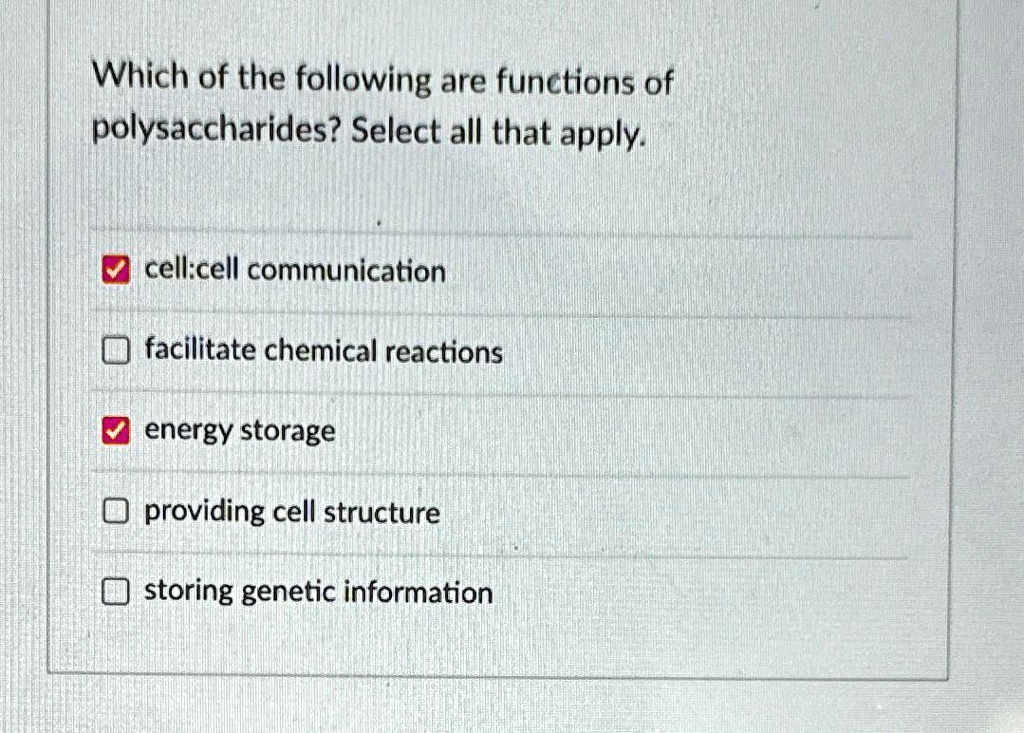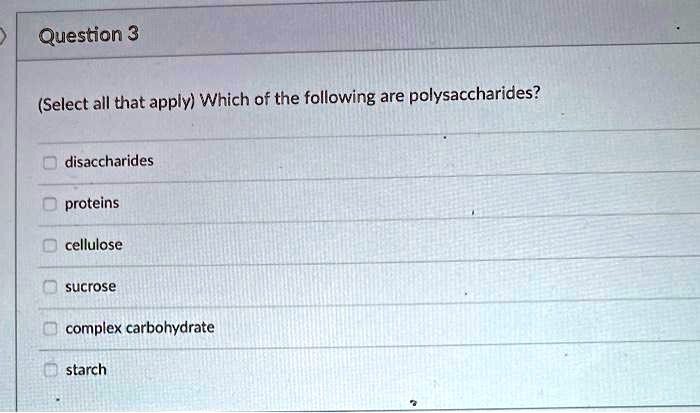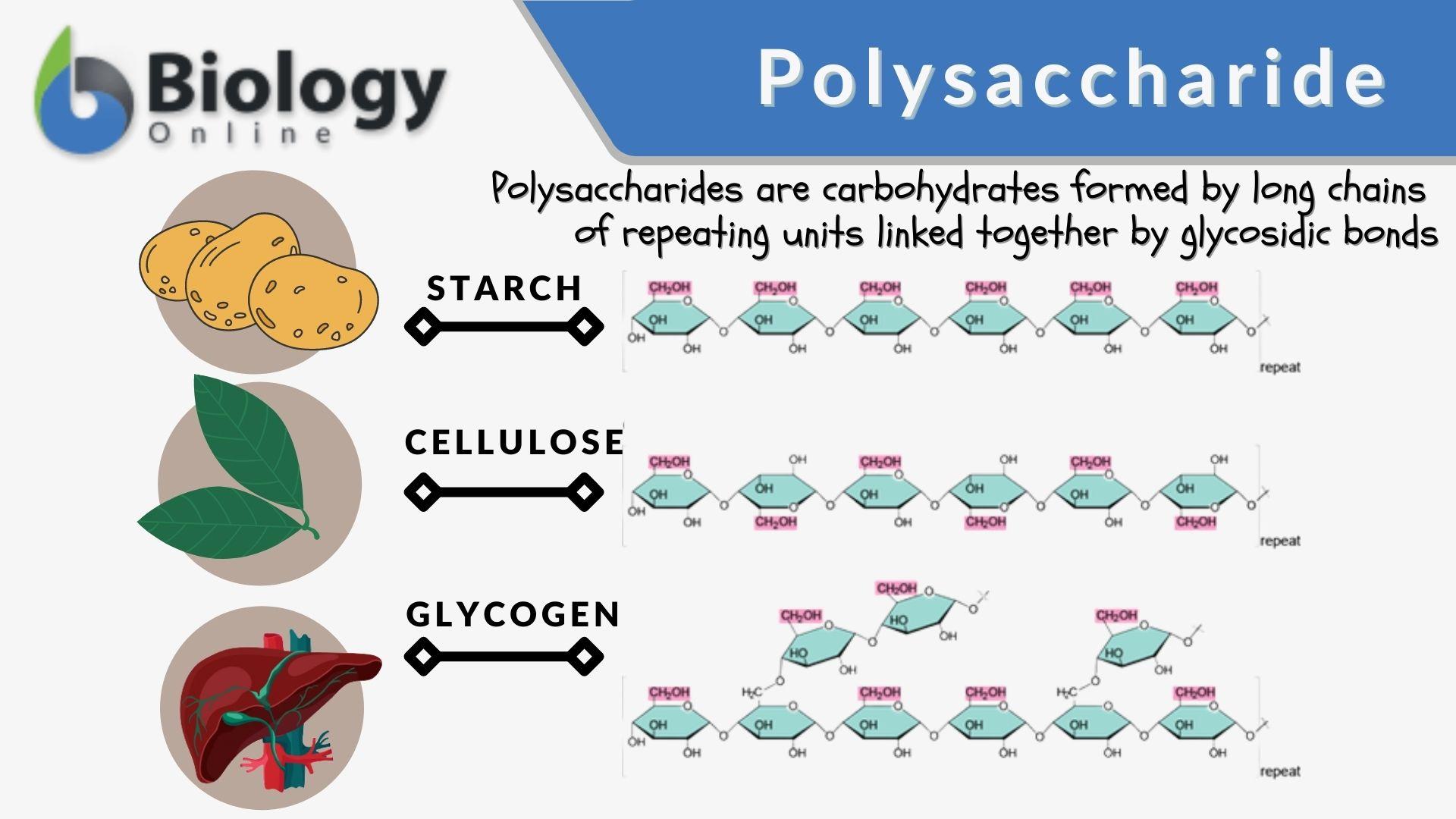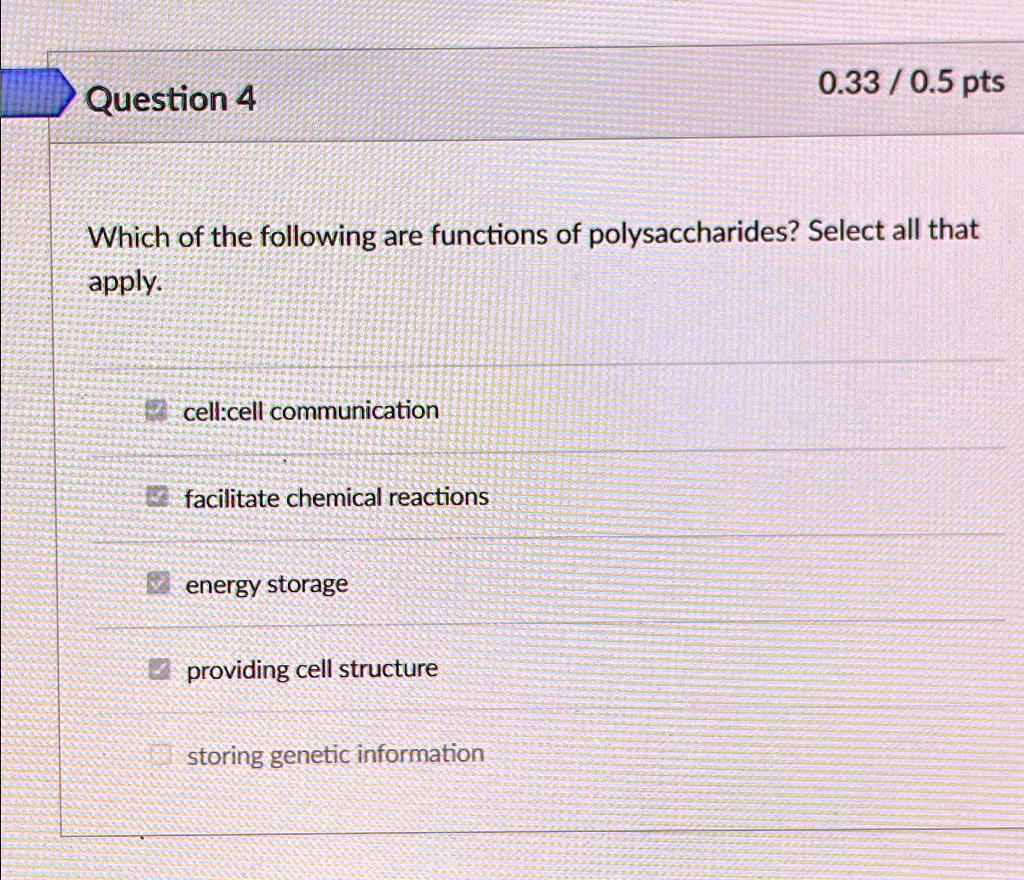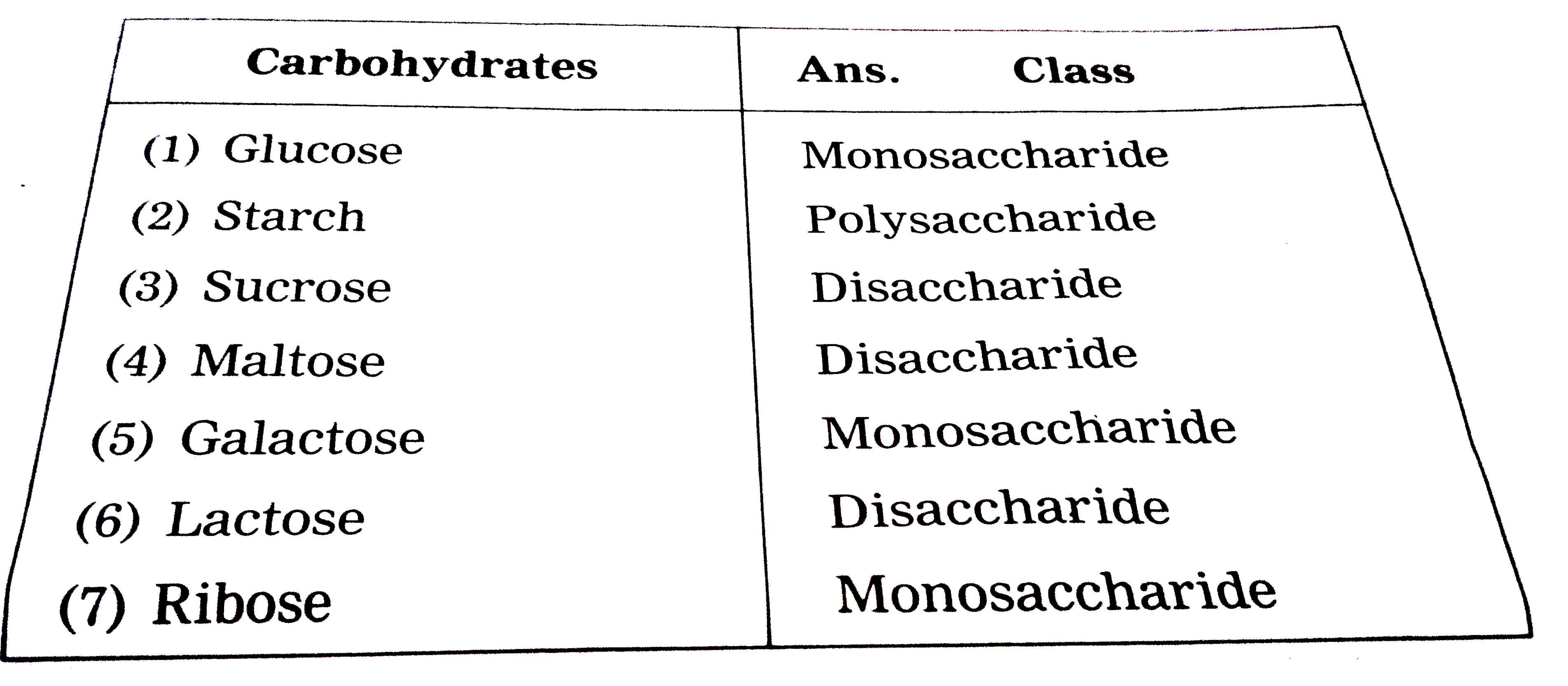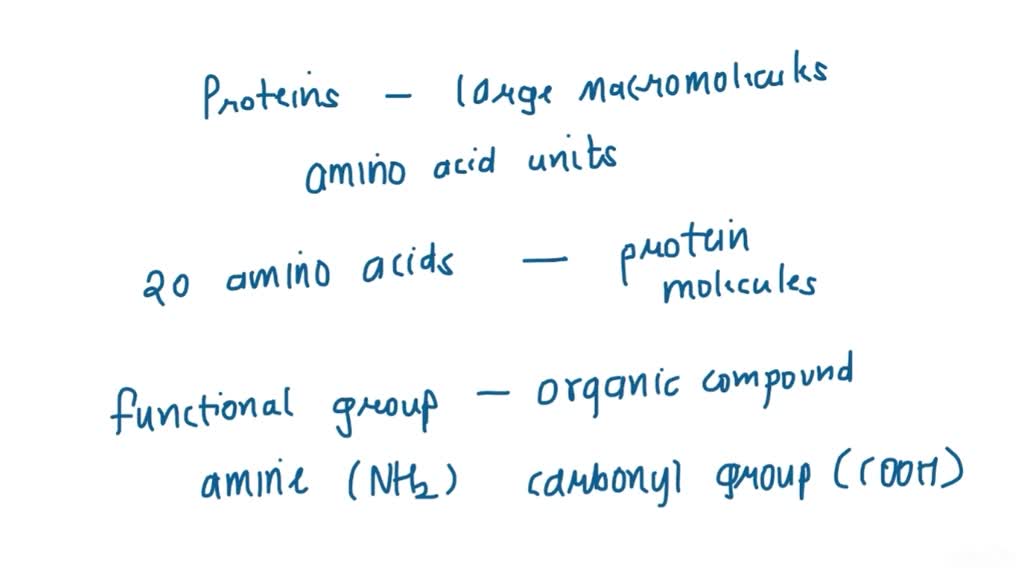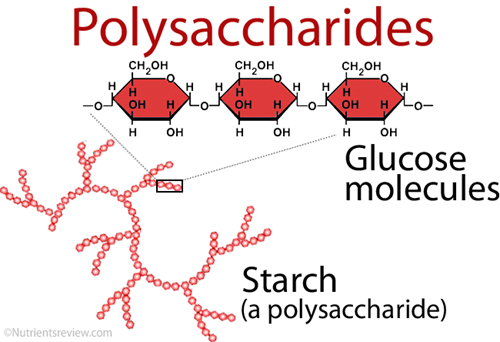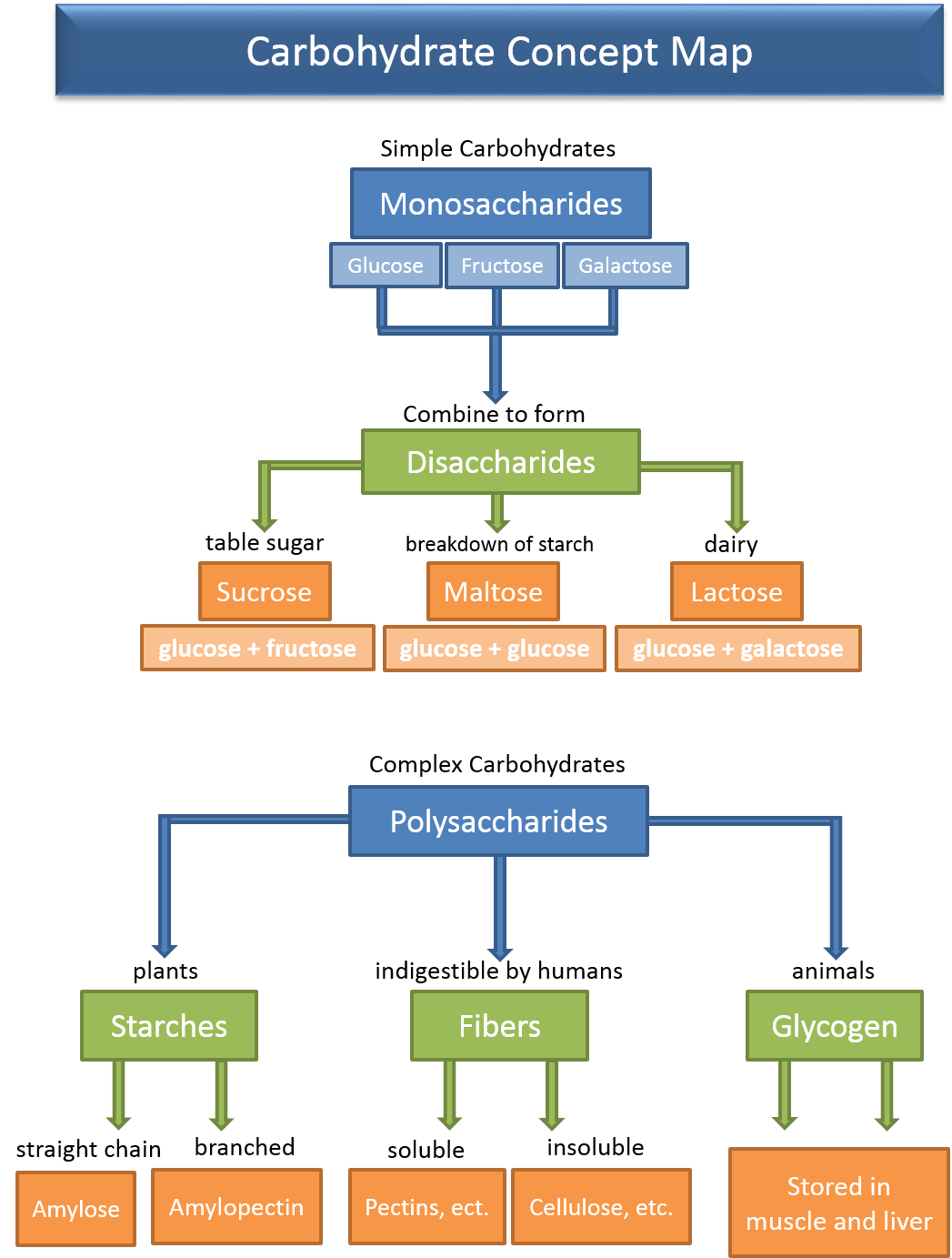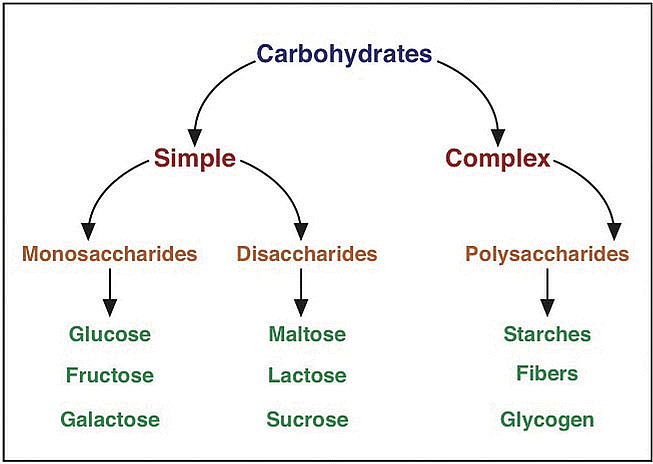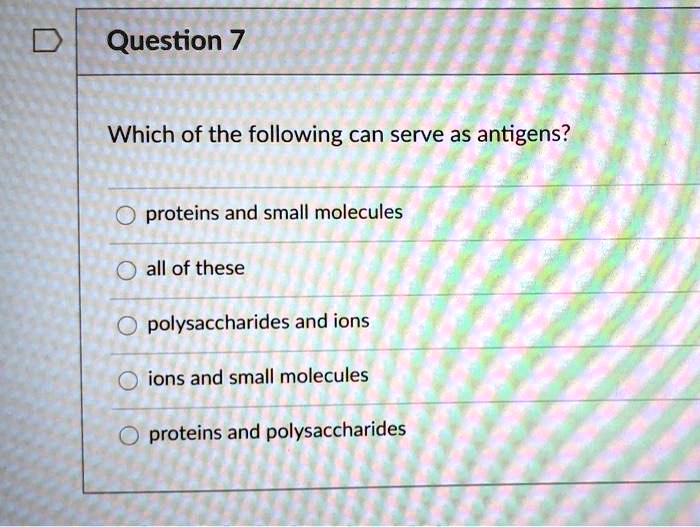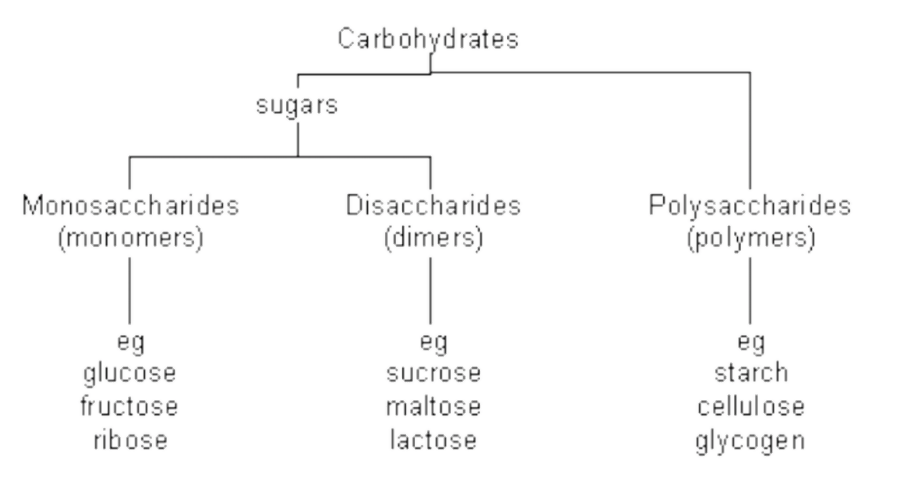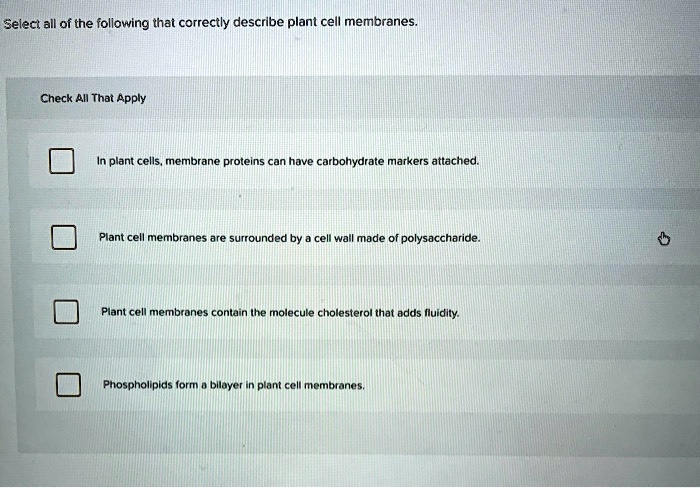Select All Of The Following That Are Polysaccharides.
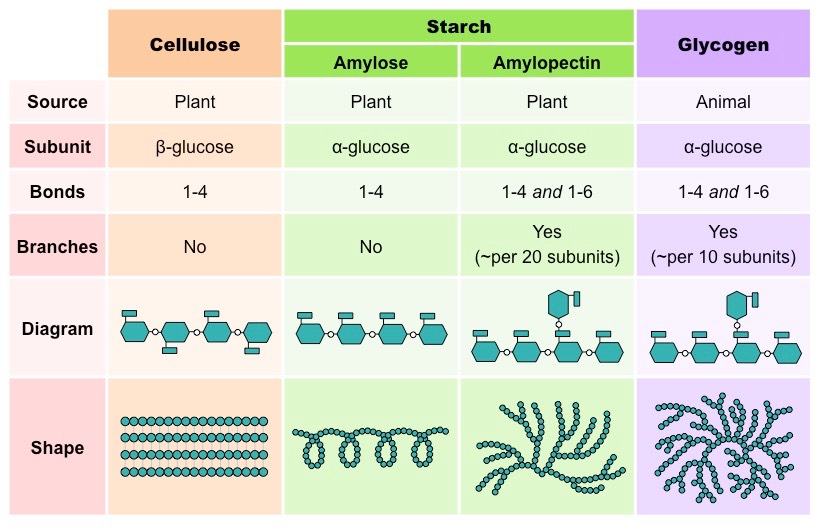
Urgent warning issued regarding widespread public misconception on polysaccharides, causing potential dietary and health risks. Incorrect identification of these complex carbohydrates is rampant, demanding immediate educational intervention.
The crisis stems from a general lack of understanding concerning which food sources contain polysaccharides, impacting informed dietary choices and potentially affecting management of conditions like diabetes and digestive health. This article addresses the critical need for clarity on polysaccharide identification.
The Polysaccharide Identification Crisis
Multiple surveys reveal significant confusion about which substances qualify as polysaccharides. Common misconceptions include misclassifying simple sugars as complex carbohydrates and overlooking less-obvious polysaccharide sources.
What are Polysaccharides?
Polysaccharides, also known as complex carbohydrates, are long chains of monosaccharides linked together. These include starch, cellulose, glycogen, and chitin.
They provide sustained energy release, unlike simple sugars which cause rapid spikes in blood sugar.
The Misidentification Problem
A recent study by the National Institutes of Health (NIH) found that over 60% of respondents incorrectly identified at least one polysaccharide source. The study, conducted between January 1st and March 1st 2024, across the nation, involved 5,000 participants of varied ages and educational backgrounds.
Many participants incorrectly classified fructose and sucrose as polysaccharides, while failing to recognize cellulose in plant-based foods.
Confirmed Polysaccharide Sources: A Breakdown
Starch is a key polysaccharide found in foods like potatoes, rice, wheat, and corn. It's a primary energy source for humans.
Cellulose forms the structural component of plant cell walls, and is abundant in vegetables, fruits, and whole grains. Humans cannot digest it effectively, thus it acts as dietary fiber.
Glycogen is the storage form of glucose in animals, primarily stored in the liver and muscles. It is not typically consumed directly from food, but plays a vital role in body energy reserve.
Chitin is found in the exoskeletons of insects and crustaceans, and also in fungi cell walls. Though not a major part of most human diets, it is relevant in certain food contexts.
Foods Rich in Polysaccharides
Whole grains (brown rice, oats, quinoa) are packed with starch and fiber (including cellulose). Legumes (beans, lentils, peas) are excellent sources of both starch and fiber.
Root vegetables (potatoes, sweet potatoes) are starchy staples. Non-starchy vegetables provide cellulose and other beneficial fibers.
Foods NOT Polysaccharides
Simple sugars such as glucose, fructose, and sucrose are not polysaccharides. These are monosaccharides and disaccharides.
Honey, table sugar, and high-fructose corn syrup are primarily composed of these simple sugars and therefore do not qualify as complex carbohydrates.
Health Implications of Misidentification
Incorrectly identifying polysaccharides can lead to imbalanced diets. Individuals may consume excessive amounts of simple sugars while neglecting fiber-rich complex carbohydrates.
This can negatively impact blood sugar control, weight management, and digestive health. For people with diabetes, this misunderstanding poses a significant health risk.
Expert Opinion
“The widespread confusion surrounding polysaccharides is deeply concerning," stated Dr. Emily Carter, a leading nutritionist at the American Dietetic Association. "Accurate understanding is crucial for making informed dietary choices and maintaining optimal health."
"Public health campaigns are urgently needed to address this knowledge gap and promote accurate food labeling and education," added Dr. Carter.
Call to Action
The Food and Drug Administration (FDA) is being urged to review food labeling practices to ensure clarity on carbohydrate types. Educational initiatives are also planned by various health organizations to disseminate accurate information.
Consumers are encouraged to consult with registered dietitians or healthcare providers for personalized dietary guidance.
Next Steps and Ongoing Developments
The NIH is planning a follow-up study to assess the effectiveness of new educational materials. The USDA (United States Department of Agriculture) is working to update its dietary guidelines to better reflect current scientific understanding of carbohydrates.
This is a developing situation and continued monitoring of public awareness is essential.
